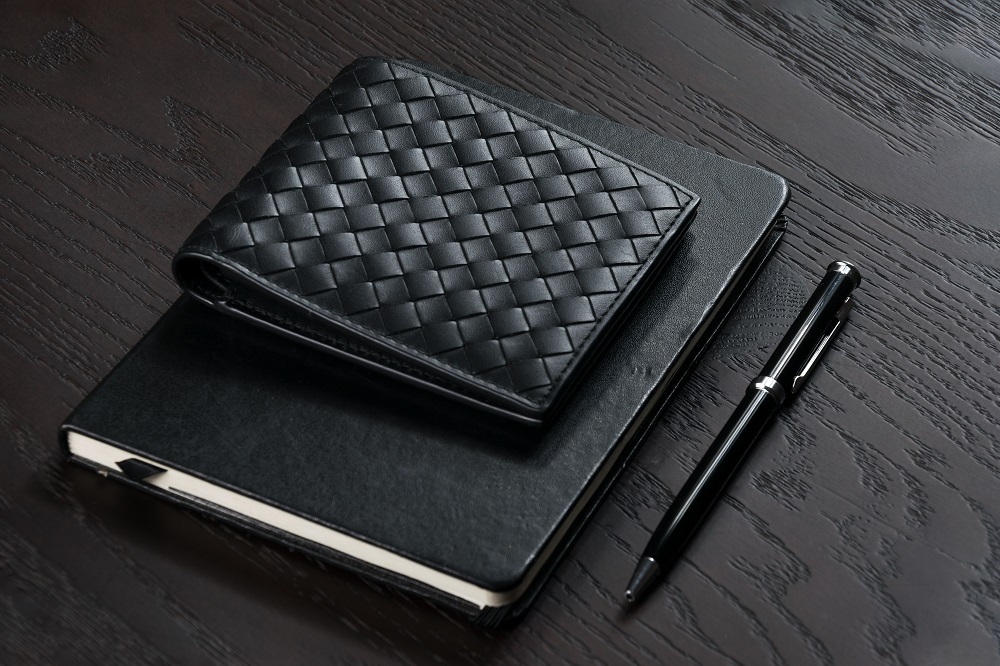Choosing the Perfect Leather: Understanding Types and Grades for Men’s Wallets

The choice of leather significantly influences the quality, durability, and overall appeal of mens leather wallet. In this comprehensive guide, we delve into the world of leather, providing insights into various types and grades available. Understanding these distinctions empowers you to make an informed decision when selecting the perfect leather for your ideal wallet.
1. Full-Grain Leather: The Epitome of Quality
Full-grain leather stands at the pinnacle of leather grades. It is crafted from the top layer of the hide, retaining the natural grain and characteristics of the animal’s skin. Its strength, durability, and distinctive texture make it a coveted choice for high-quality wallets. Over time, full-grain leather develops a unique patina, enhancing its aesthetic appeal.
2. Top-Grain Leather: Balance of Quality and Affordability
Top-grain leather is the layer just beneath the surface, refined through sanding and finishing. While it lacks the natural grain of full-grain leather, it offers a more uniform appearance and is more affordable. It strikes a balance between quality and cost, making it a popular choice for men’s wallets.
3. Genuine Leather: Common and Affordable
Genuine leather is made from the layers that remain after the top-grain is split off. While it’s genuine in that it’s real leather, it’s lower in quality compared to full and top-grain options. Wallets made from genuine leather are more affordable and readily available, making them accessible to a broader audience.
4. Split-Grain Leather: Economical but Less Durable
Split-grain leather is derived from the fibrous part of the hide left once the top-grain is separated. It is less durable and typically used in more economical wallets. While it may lack the longevity of higher-grade leathers, it can still offer a reasonable level of comfort and aesthetics.
5. Exotic Leathers: Luxury and Uniqueness
Exotic leathers come from rare animals like alligators, crocodiles, ostriches, and snakes. They offer a unique and luxurious appeal due to their rarity and distinctive patterns. Exotic leather wallets are a symbol of luxury, elegance, and individuality.
6. Vegetable-Tanned Leather: Environmentally Friendly Choice
Vegetable tanning is an age-old, eco-friendly process that uses natural tannins from plants. It results in sturdy, long-lasting leather that ages gracefully. Wallets made from vegetable-tanned leather have a distinct aroma and can develop a beautiful patina over time.
7. Chrome-Tanned Leather: Soft and Pliable
Chrome tanning is a modern, widely used method that utilizes chromium salts. It produces a softer and more pliable leather compared to vegetable tanning. Chrome-tanned leather often comes in a variety of colors and finishes, providing versatility in wallet design.
8. Understanding Leather Grading: Focusing on Imperfections
Leather grading takes into account the presence of natural marks, scars, and blemishes on the hide. The highest-grade leathers have minimal imperfections, while lower grades may have more visible marks. However, these imperfections can add character and authenticity to the wallet.
Conclusion: Making an Informed Choice
Selecting the perfect leather for your men’s wallet involves understanding the various types and grades available. Each type has its unique characteristics, catering to different tastes, budgets, and ethical considerations. Whether you prioritize durability, luxury, or environmental consciousness, the right leather can elevate your wallet, ensuring it’s both a functional and aesthetic choice.
Crafting Your Ideal Wallet: Choose Your Leather Wisely
Ready to craft your ideal wallet? Explore the diverse range of leathers and choose one that aligns with your preferences and values. Let your wallet not only represent your style but also resonate with your understanding of quality and craftsmanship.

